
Deutsch-Chinesische Enzyklopädie, 德汉百科
 France
France



 Automobile
Automobile
 *Fuel cell vehicle
*Fuel cell vehicle



 Automobile
Automobile
 *Concept Auto
*Concept Auto



 Automobile
Automobile
 *Coupé
*Coupé



 Automobile
Automobile
 *Electric car
*Electric car



 Automobile
Automobile
 *Hybrid car
*Hybrid car



 Automobile
Automobile
 *SUV/crossovers/off-road vehicles
*SUV/crossovers/off-road vehicles



 Automobile
Automobile
 ***Technology
***Technology
 France
France

 Ile-de-France
Ile-de-France

 Exhibition
Exhibition

巴黎车展(法语:Mondial de l'Automobile)是两年一度、固定在法国巴黎举办的国际性汽车展览,同时也是全世界第一个开办的车展。此车展固定在10月举行,除了为世界五大车展[1]之一,也是欧洲规模最大的国际性车展之一。巴黎车展通常与德国的法兰克福车展采隔年轮流举办的方式进行,不会在同一年内举办,而其主办单位是总部同样设于巴黎的世界汽车工业国际协会。概念车常常使观众眼前一亮 (Quelle:http://auto.class01.com)
Der Pariser Autosalon, französisch bis 1987 Salon de l’Automobile, von 1988 bis 2017 Mondial de l’Automobile, seit 2018 Mondial Paris Motor Show, ist eine Automobil-, Motorrad- und Mobilitätsmesse, die in Paris stattfindet. Sie war die erste Automobilausstellung von internationaler Bedeutung und ist nach wie vor eine der meistbesuchten. 1898 wurde sie erstmals ausgerichtet und präsentierte damals 232 Automobile, die rund 140.000 Besucher anzogen.


 France
France

 History
History

 International cities
International cities
 *European Capital of Culture
*European Capital of Culture
 ITU World Championship Series
ITU World Championship Series

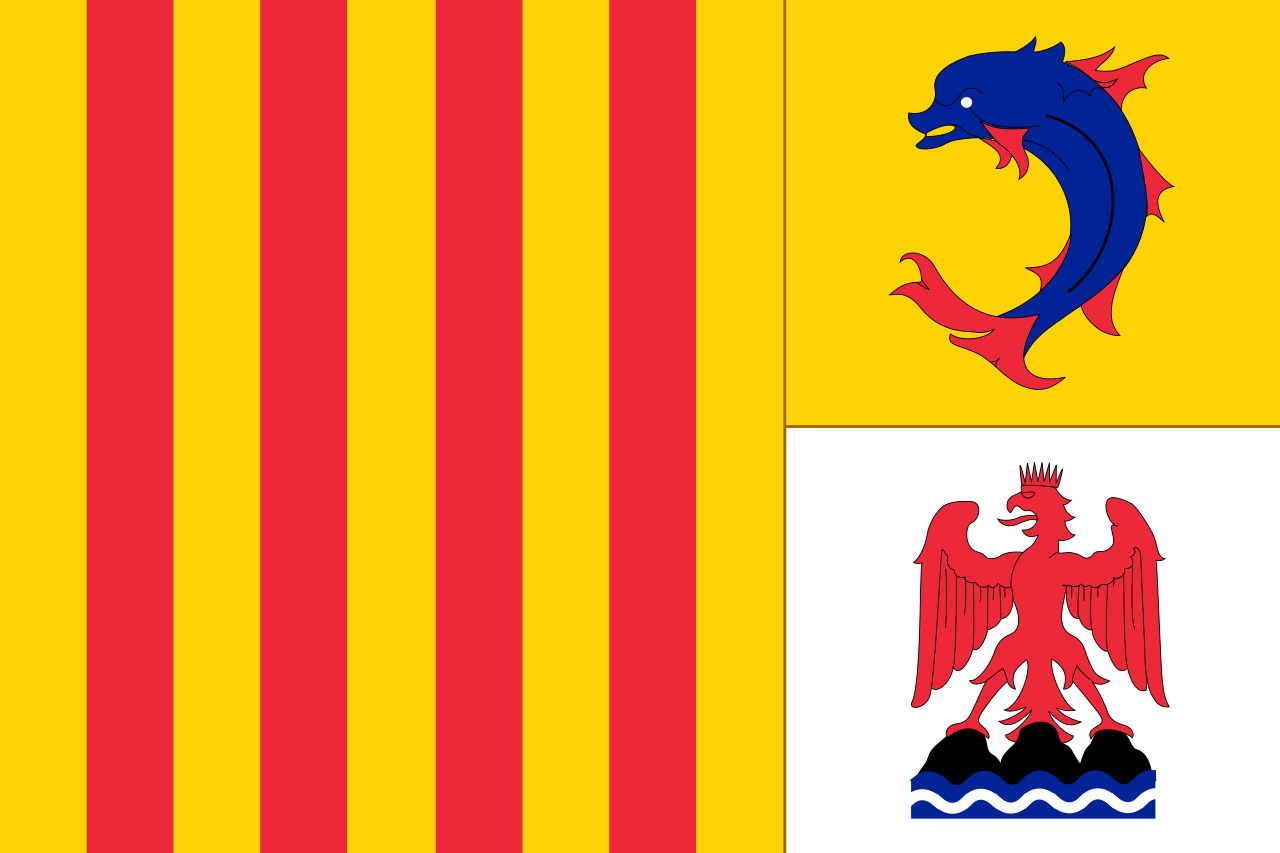 Provence-Alpes-Côte d´Azur
Provence-Alpes-Côte d´Azur

 Sport
Sport
 Triathlon
Triathlon

 World Heritage
World Heritage
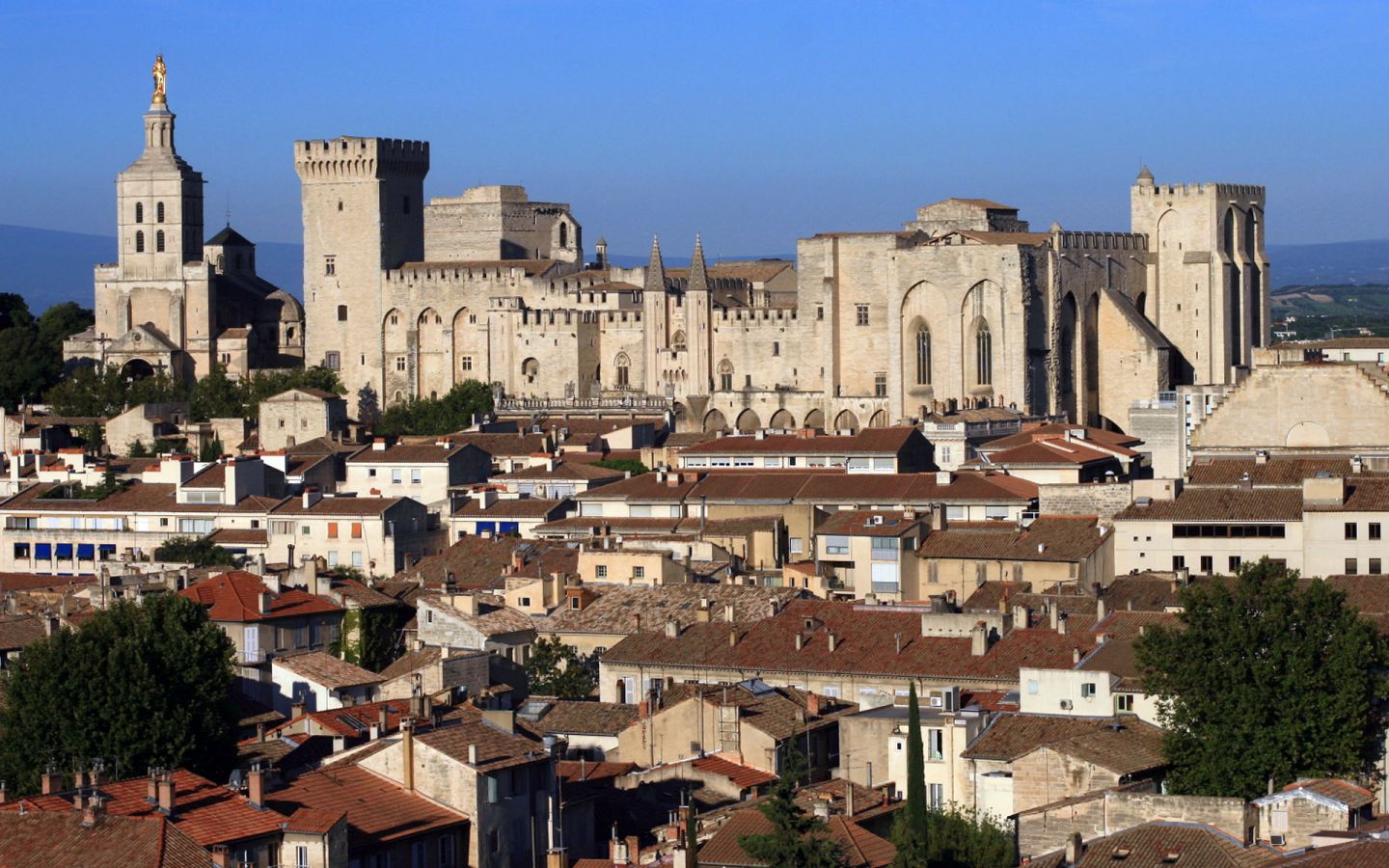
阿维尼翁(法语:Avignon; 加斯科:Avinhon)是位于法国南部普罗旺斯-阿尔卑斯-蓝色海岸大区沃克吕兹省,罗讷河左岸的一座城市。阿维尼翁始建于罗马时 期。现今是法国南部的旅游胜地之一。阿维尼翁城区住户在2011年初为90194人,其中有大约12000人仍居住在古城墙内,已被划为观光区域的老城区 (intra-muros)。如算上四周郊区和附属村镇,阿维尼翁地区的人口超过50万,是法国排名第16位的城市聚落。
在1309到1377年之间,天主教教廷从罗马梵缔冈迁移至此,前后一共有七位教宗在阿维尼翁教廷生活,直到格利高里十一世迁都罗马。后来更出现两地各立教宗的情形(史称“大分裂”)。这段时期也被后世称为阿维尼翁分裂时期。阿维尼翁城原是乔万娜一世的属地,在1348年售予教廷。教廷对阿维尼翁的统治一直延续到1791年法国大革命之时,其后阿维尼翁成为法国的一部分。阿维尼翁是沃克吕兹省的省会,也是法国少见的保留了城墙的城市。城墙内有为教宗修筑的教皇宫。此外著名古迹还有阿维尼翁圣母大教堂、圣贝内泽桥等。1995年以阿维尼翁历史城区之名被列入世界文化遗产。
Avignon [aviˈɲɔ̃] (oc. Avinhon bzw. Avignoun [aviˈɲũn]) ist eine Stadt und Gemeinde in der Provence in Südfrankreich am östlichen Ufer der Rhône mit 92.130 Einwohnern (Stand 1. Januar 2015), von denen etwa 15.000 innerhalb der Stadtmauern wohnen. Avignon ist Sitz der Präfektur und die größte Stadt des Départements Vaucluse.
Da Avignon von 1309 bis 1376 – und während des nachfolgenden Abendländischen Schismas – Papstsitz war, trägt die Stadt den Beinamen „Stadt der Päpste“. Die Altstadt von Avignon mit ihren prächtigen, mittelalterlichen Häusern ist von einer intakten und imposanten Befestigungsmauer umgeben. Die Altstadt mit dem gotischen Papstpalast (Palais des Papes) aus dem 14. Jahrhundert, der Bischofsanlage, dem Rocher des Doms und der berühmten Brücke, der Pont Saint-Bénézet, zählt zum UNESCO-Weltkulturerbe.
Künstlerisch und kulturell ist die Stadt durch das Festival von Avignon auch weit über die französischen Landesgrenzen hinaus bekannt. Im Jahr 2000 war Avignon Kulturhauptstadt Europas.
アヴィニョン(Avignon)は、フランスの南東部に位置する都市(コミューン)で、ヴォクリューズ県の県庁所在地である。ローマ帝国時代にはガリア・ナルボネンシス属州の主要都市の一つであった。5世紀に蛮族の侵入によって荒廃した後、737年にカール・マルテル率いるフランク人によって滅ぼされた。カール・マルテルが戦っていたアラブ人の側についたことによる。その後、ブルグント王国、ついでアルル王国領となる。12世紀末、都市は独立を宣言し、共和制をとる都市国家となるが、長くは続かず、アヴィニョンはプロヴァンス伯領、次いでトゥールーズ伯領となった。中世末のカタリ派運動の中ではカタリ派を支持した結果、1226年にアルビジョア十字軍を率いたフランス王ルイ8世によって占領され、武装解除された。カタリ派を支持した街への処罰として、市の城壁は破壊された。
キリスト教が入ったのは早く、70年に司教座が置かれた。1309年にローマ教皇クレメンス5世がアヴィニョンを居所に定め、1377年まで教皇庁所在地とした(アヴィニョン捕囚)。1426年に大司教座がおかれた。1303年にアヴィニョン大学が開かれ、フランス革命まで続き、法学で知られた。
アヴィニョン捕囚時代の半ば、1348年に領主プロヴァンス伯(兼ナポリ女王)ジョアンナから教皇クレメンス6世にアヴィニョンが売却された。以後、フランス革命で没収されるまでアヴィニョンは教皇領となった。何人かの対立教皇は、アヴィニョンに教皇座を置いている。
Avignon (French pronunciation: [avi'ɲɔ̃]; Latin: Avenio; Provençal: Avignoun, Occitan: Avinhon pronounced [aviˈɲun]) is a commune in south-eastern France in the department of Vaucluse on the left bank of the Rhône river. Of the 90,194 inhabitants of the city (as of 2011), about 12,000 live in the ancient town centre enclosed by its medieval ramparts.
Between 1309 and 1377, during the Avignon Papacy, seven successive popes resided in Avignon and in 1348 Pope Clement VI bought the town from Joanna I of Naples. Papal control persisted until 1791 when, during the French Revolution, it became part of France. The town is now the capital of the Vaucluse department and one of the few French cities to have preserved its ramparts.
The historic centre, which includes the Palais des Papes, the cathedral, and the Pont d'Avignon, became a UNESCO World Heritage Site in 1995. The medieval monuments and the annual Festival d'Avignon have helped to make the town a major centre for tourism.
Avignon [a.viˈɲɔ̃] est une ville du Sud de la France, située au confluent du Rhône et de la Durance. C'est la ville où siège le conseil du Grand Avignon. Avignon est le chef-lieu de l'arrondissement d'Avignon et du département de Vaucluse. Ses habitants s'appellent les Avignonnais.
Par sa population, Avignon constitue la seizième aire urbaine de France et fait partie des villes moyennes, elle est la 45e ville de France sur les 34 672 villes et communes du pays. Elle comptait 92 209 habitants lors de son dernier recensement.
Surnommée la « cité des papes » en raison de la présence des papes de 1309 à 1423, elle est actuellement la plus grande ville et la préfecture du département de Vaucluse.
C'est l'une des rares villes françaises à avoir conservé ses remparts, son centre historique, composé du Palais des Papes, de l'ensemble épiscopal, du Rocher des Doms et du pont d’Avignon. Elle a été classée patrimoine mondial de l'UNESCO sous les critères I, II et IV.
La renommée de son festival, le plus grand du monde et véritable vitrine artistique et culturelle de la ville, a largement dépassé les frontières françaises. La ville fut capitale européenne de la culture en 2000.
Avignon comporte un cœur étudiant important, notamment grâce à son quartier étudiant : Agroparc ainsi que de son université : l'Université d'Avignon et des Pays de Vaucluse.
Avignone (Avignon in francese, Avignoun in provenzale in grafia mistraliana, Avinhon in occitano in grafia classica), è una città della Francia meridionale, la prefettura del dipartimento di Vaucluse, di cui è il capoluogo, nella regione amministrativa della Provenza-Alpi-Costa Azzurra. Si affaccia sulla riva sinistra del Rodano. I suoi abitanti si chiamano avignonesi (avignonnais).
Aviñón3 (en francés Avignon, en occitano provenzal Avinhon [en norma clásica] o Avignoun [en norma mistralense]) es una ciudad y comuna francesa, capital del departamento de Vaucluse, en la región de Provenza-Alpes-Costa Azul.
Авиньо́н[2][3] (фр. Avignon [aviˈɲɔ̃], окс. Avinhon, лат. Aven(n)io) — коммуна на юго-востоке Франции, префектура (главный город) округа Авиньон и департамента Воклюз в регионе Прованс — Альпы — Лазурный Берег, кантоны Авиньон-1, Авиньон-2, Авиньон-3[4]. Город расположен на левом берегу Роны, является местом проведения одного из крупнейших международных ежегодных театральных фестивалей.


 Financial
Financial
 France
France

 Ile-de-France
Ile-de-France

 Companies
Companies

 Companies
Companies
 *Centuries-old companies in the world
*Centuries-old companies in the world

 Insurance
Insurance

 Economy and trade
Economy and trade

Die Axa Gruppe (Eigenschreibweise: AXA) ist ein ursprünglich französisches, heute in 64 Ländern tätiges Versicherungsunternehmen mit Hauptsitz in Paris. Die Aktiengesellschaft versichert Privatpersonen und Unternehmen. In Deutschland firmiert sie als Axa Konzern AG, in der Schweiz als Axa Versicherungen AG.
安盛(AXA、AXA集团,Euronext:CS、OTCBB:AXAHY),是一家总部位于法国巴黎的跨国保险集团,创始于1816年,是全球最大的保险集团之一,亦是全球第三大国际资产管理集团。
 Belarus
Belarus

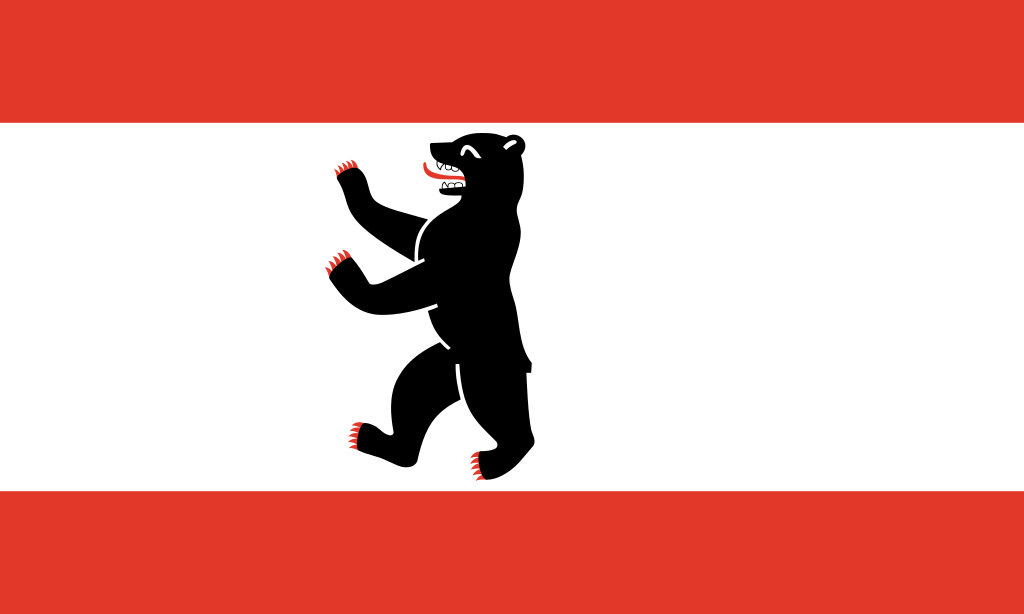 Berlin
Berlin

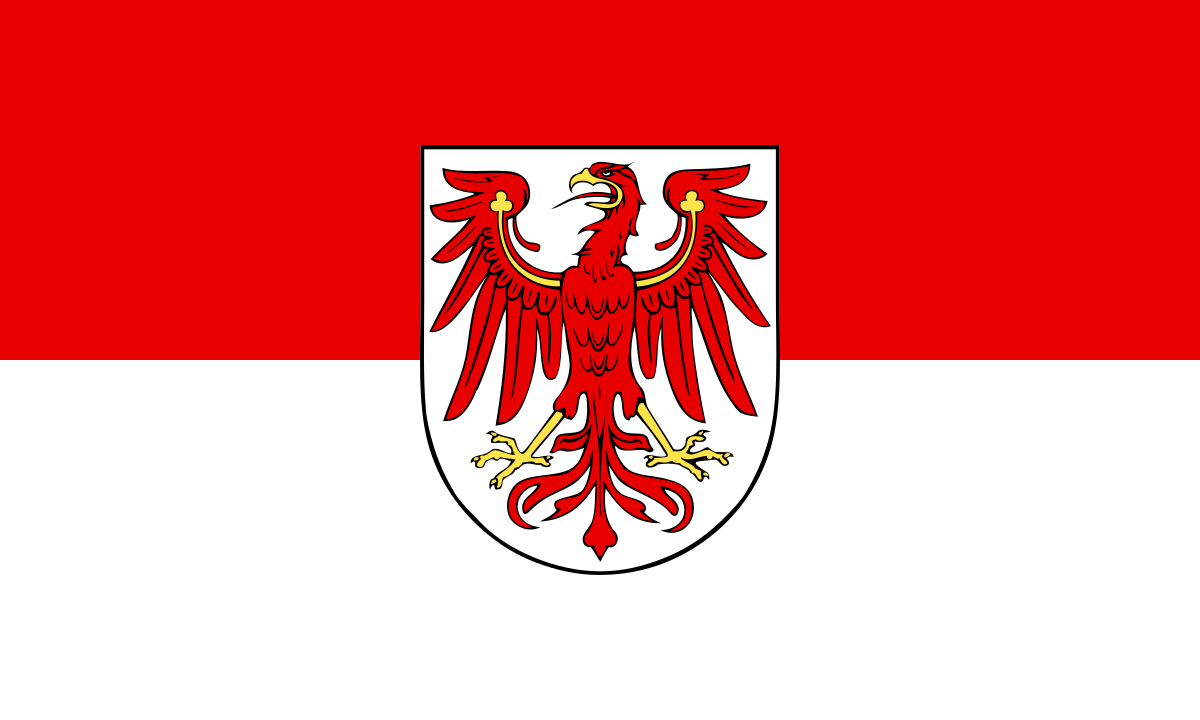 Brandenburg
Brandenburg

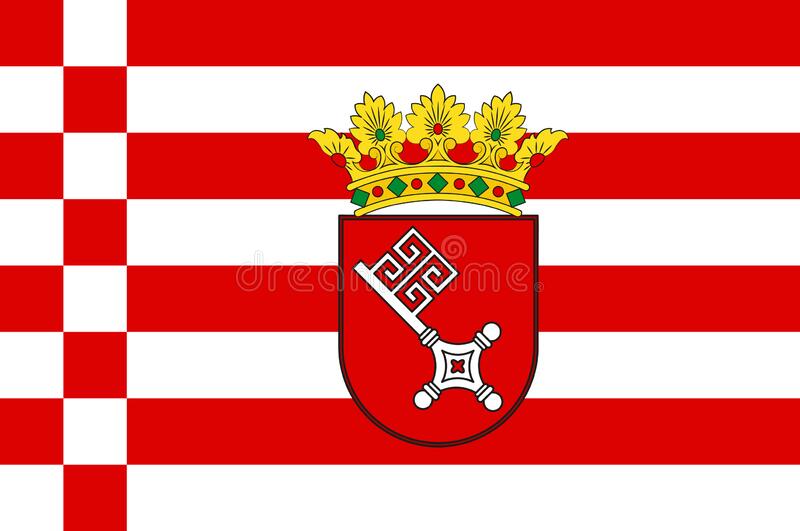 Bremen
Bremen
 Denmark
Denmark
 Germany
Germany
 Estonia
Estonia
 Finland
Finland
 France
France

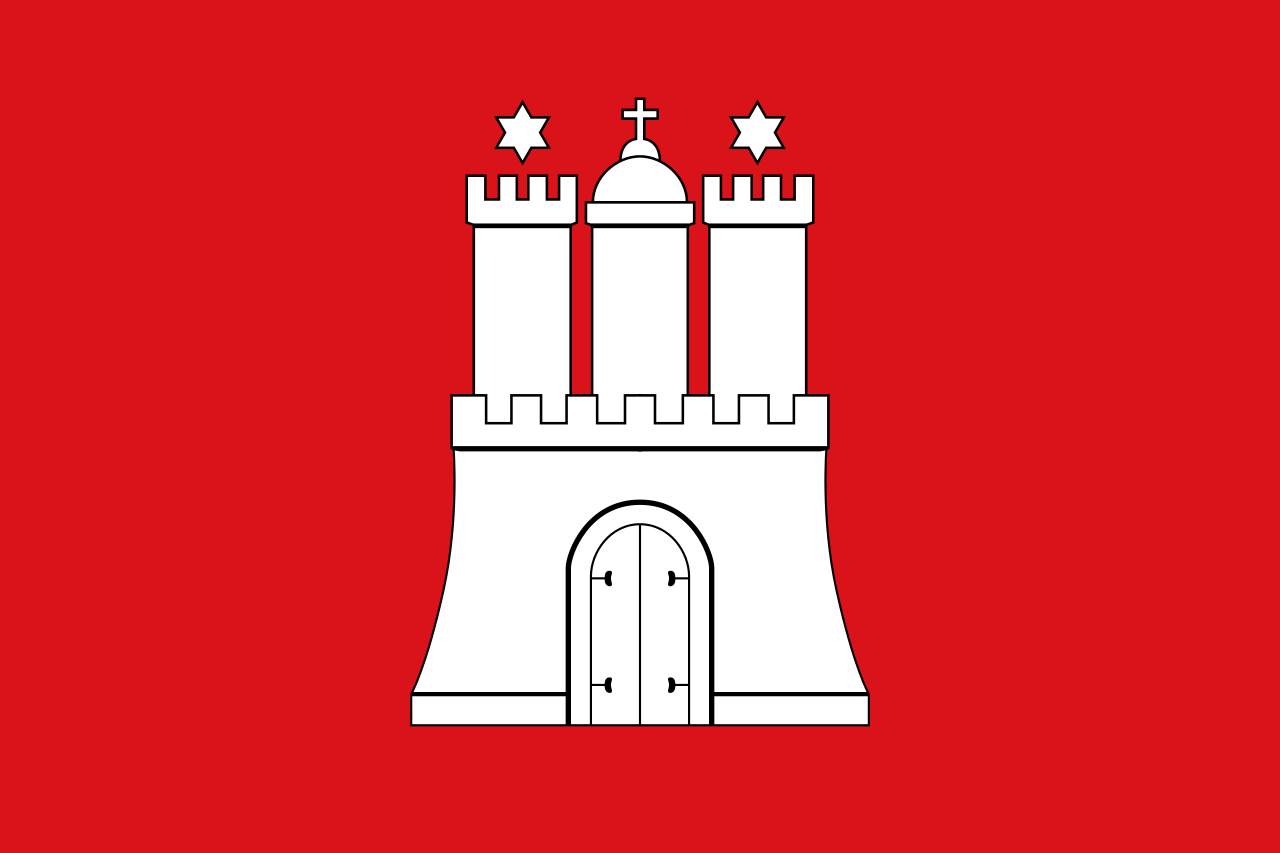 Hamburg
Hamburg
 Italy
Italy
 Latvia
Latvia
 Lithuania
Lithuania

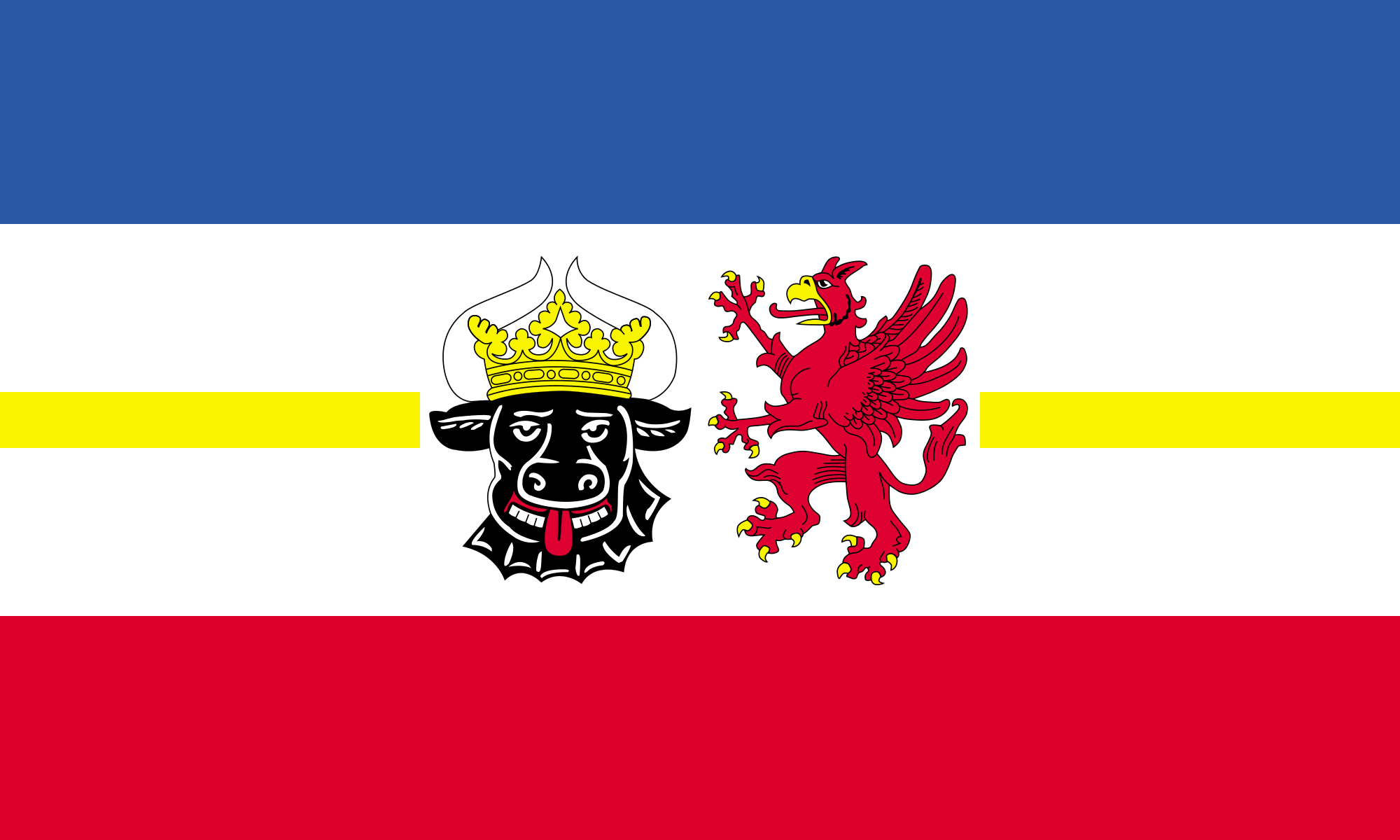 Mecklenburg-Vorpommern
Mecklenburg-Vorpommern
 Netherlands
Netherlands

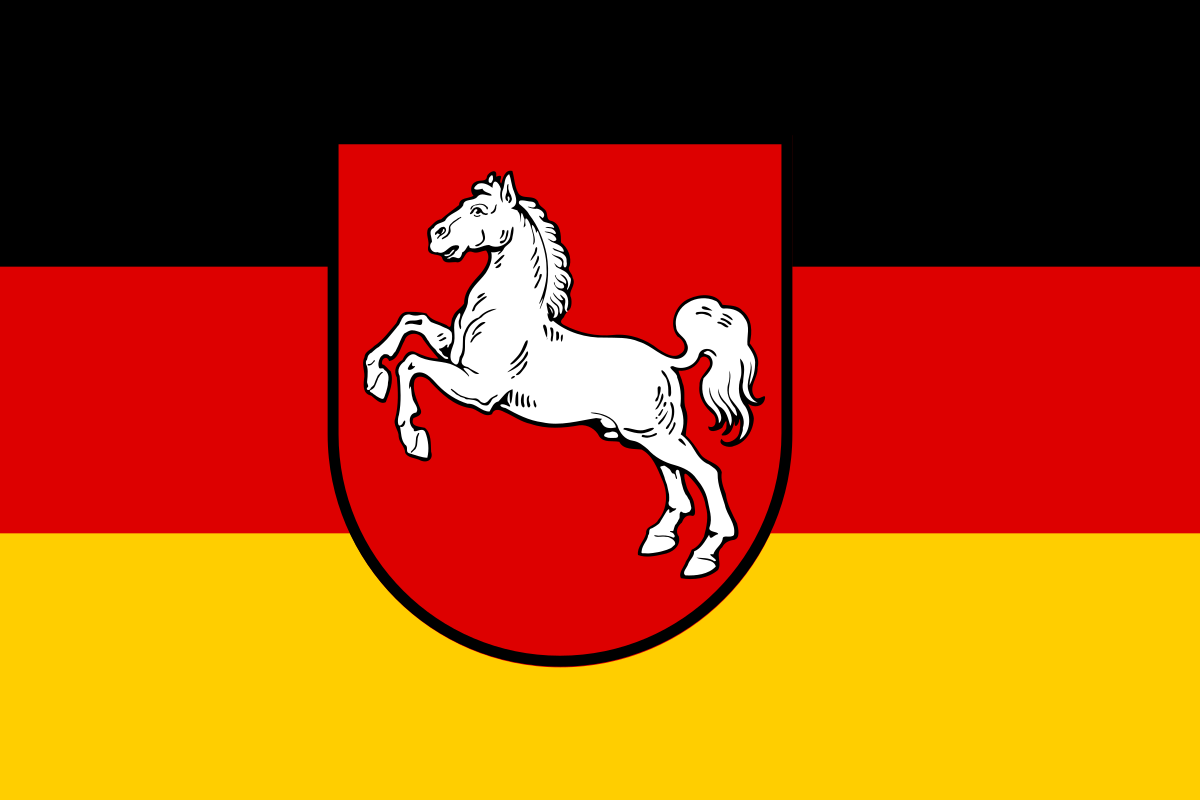 Lower Saxony
Lower Saxony

 North Rhine-Westphalia
North Rhine-Westphalia
 Poland
Poland

 Review
Review
 Russia
Russia

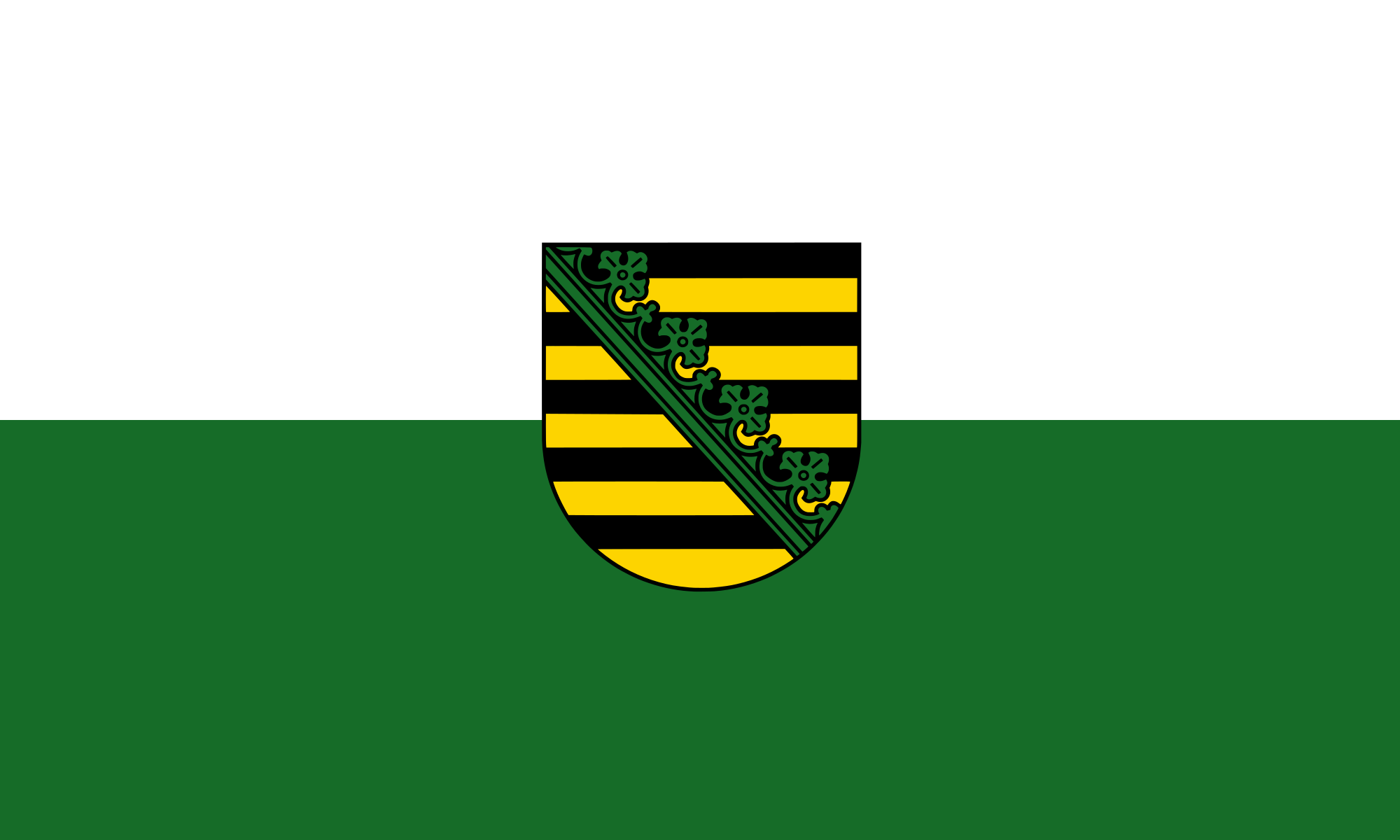 Saxony
Saxony

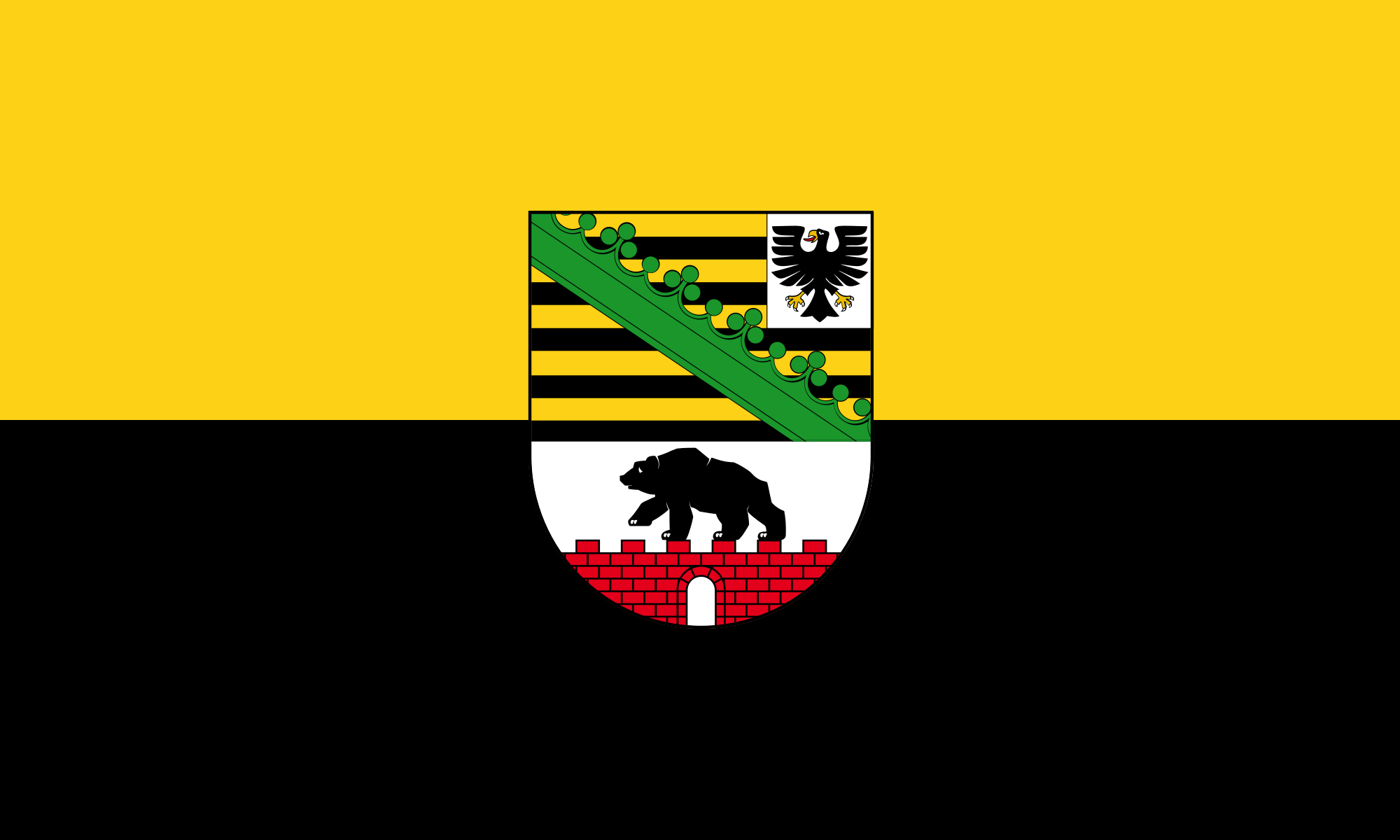 Saxony-Anhalt
Saxony-Anhalt

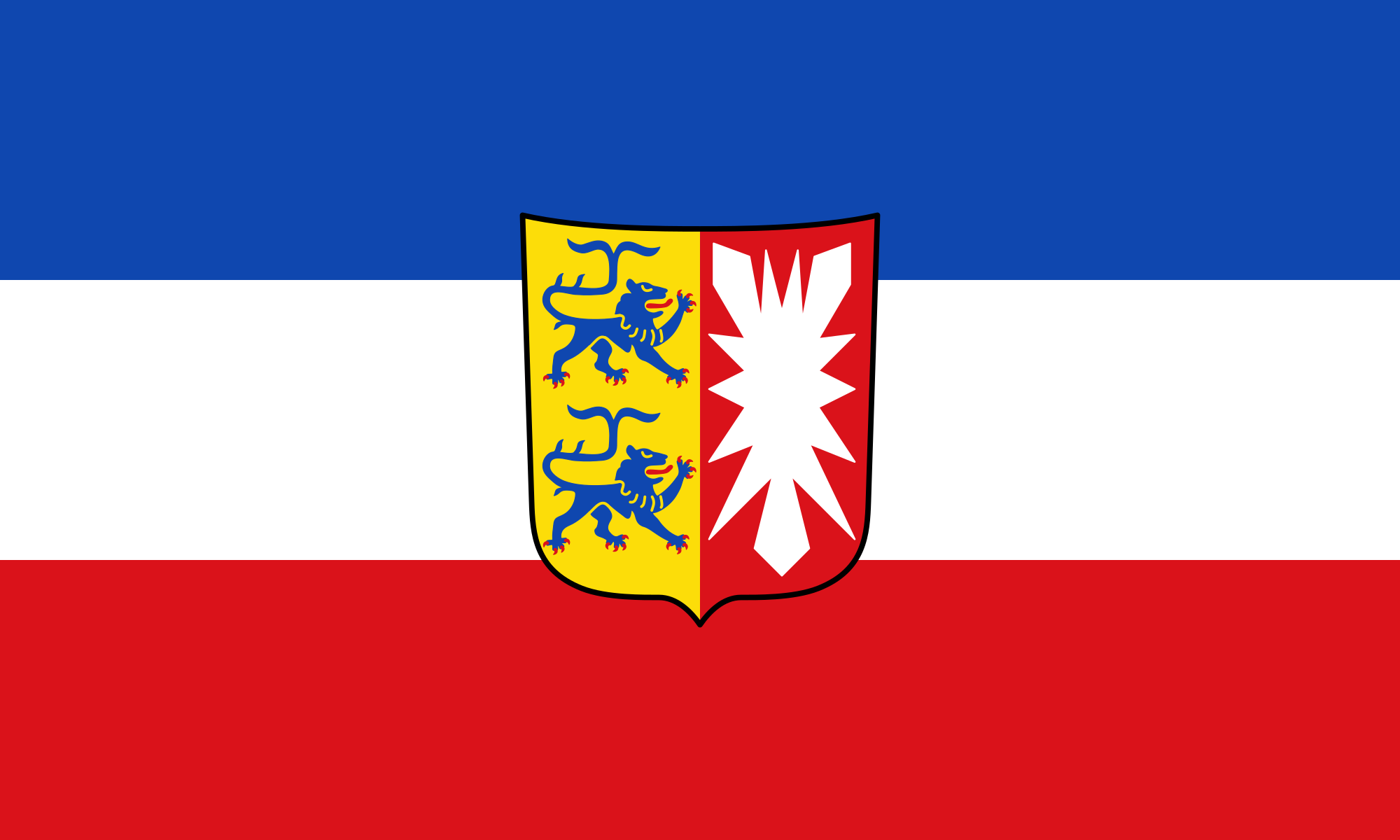 Schleswig-Holstein
Schleswig-Holstein
 Sweden
Sweden
 Switzerland
Switzerland

 Traditions
Traditions

 Vacation and Travel
Vacation and Travel
 United Kingdom
United Kingdom

 World Heritage
World Heritage

一种特别在德国北海和波罗的海海岸常见的哥特式建筑是用烤砖建造起来的建筑结构.这个十二世纪开始使用那红色的烤砖作为建筑材料的独特建筑风格之所以在北部德国低地如此普及是因为这块地区缺少天然石而且运输也非常困难,由于那片地区和汉萨盟的一 致性,因此它就成为了汉萨同盟的象征.有些历史悠久的建筑也就成了联合国教科文组织世界文化遗产项目之一。
Die Backsteingotik (englisch Brick Gothic, polnisch Gotyk ceglany) umfasst gotische Bauwerke, die aus oder mit sichtbarem Backstein errichtet wurden. Sie ist vor allem in Norddeutschland, dem Ostseeraum und den Niederlanden[1] verbreitet. Ihr Verbreitungsgebiet erstreckt sich im Westen bis an die Straße von Dover und im Südosten bis nach Galizien. Der auch oft verwendete Begriff Norddeutsche Backsteingotik erfasst daher nur einen Teil der gesamten Backsteingotik. Gotische Backsteinarchitektur in Italien und Südfrankreich wird in der Regel allein den dortigen Regionalstilen zugerechnet.
Die mittelalterliche Verwendung von Backstein als Baustoff setzte nördlich der Alpen im 12. Jahrhundert ein. Die ältesten Bauten gehören deshalb noch der so genannten Backsteinromanik an. Im 16. Jahrhundert ging die Backsteingotik in die Backsteinrenaissance über. Die geografische Verbreitung des Bauens aus Backstein und mit sichtbarem Backstein unterlag vom Beginn des Hochmittelalters bis in die frühe Neuzeit aber durchaus Veränderungen. So gab es in Teilen des Münsterlandes zwischen Pionierbauten der Romanik und dem starken Backsteineinsatz in Renaissance und Barock eine zeitliche Lücke.
Viele von der Backsteingotik geprägte Altstädte und Einzelbauten wurden in die Liste des UNESCO-Welterbes aufgenommen.
Brick Gothic (German: Backsteingotik, Polish: Gotyk ceglany, Dutch: Baksteengotiek) is a specific style of Gothic architecture common in Northwest and Central Europe especially in the regions in and around the Baltic Sea, which do not have resources of standing rock, but in many places a lot of glacial boulders. The buildings are essentially built using bricks. Buildings classified as Brick Gothic (using a strict definition of the architectural style based on the geographic location) are found in Belgium (and the very north of France), Netherlands, Germany, Poland, Lithuania, Latvia, Estonia, Kaliningrad (former East Prussia), Sweden and Finland.
As the use of baked red brick arrived in Northwestern and Central Europe in the 12th century, the oldest such buildings are classified as the Brick Romanesque. In the 16th century, Brick Gothic was superseded by Brick Renaissance architecture.
Brick Gothic is characterised by the lack of figural architectural sculpture, widespread in other styles of Gothic architecture. Typical for the Baltic Sea region is the creative subdivision and structuring of walls, using built ornaments and the colour contrast between red bricks, glazed bricks and white lime plaster. Nevertheless, these characteristics are neither omnipresent nor exclusive. Many of the old town centres dominated by Brick Gothic, as well as some individual structures, have been listed as UNESCO World Heritage sites.
The real extent and the real variety of this brick architecture has to be distinguished from the view of late 19th and early 20th century, especially the years around the end of World War I, when it was instrumentalized, politically.
Indeed, about a quarter of medieval Gothic brick architecture is standing in the Netherlands, in Flanders and in French Flanders. Some dominant buildings combinations of brick and stone. But the criterion "no stone at all" looks like a trick to exclude them.[according to whom?] The towers of St Mary church in Lübeck, the very top Brick Gothic church of the Baltic Sea region, have corners of granite ashley. And many village churches in northern Germany and Poland have Brick Gothic design, but most of their walls are formed by boulders.
L'architettura gotica dei paesi baltici è una varietà regionale dell'architettura gotica, in particolare del gotico tedesco. Le aree coinvolte in questa forma di architettura medievale si affacciano sul mar Baltico e sul Mare del Nord e, da un punto di vista politico, comprendevano gli stati settentrionali del Sacro Romano Impero, le città della Lega Anseatica, i possedimenti dell'Ordine Teutonico. Il periodo interessato va dal XIII secolo al XV secolo.
Le caratteristiche distintive sono che si tratta di un'architettura prevalentemente in laterizio e di una rielaborazione originale e per certi aspetti molto distante dall'iniziale gotico francese. I paesi europei attuali che hanno testimonianze di questa architettura sono Germania, Polonia, Lituania, Lettonia, Estonia, e nell'area della storica Prussia Orientale, (Oblast di Kaliningrad Russia); alcune testimonianze sono anche presenti in Scandinavia.
Le gothique de brique (allemand : Backsteingotik) est un style d´architecture gothique du Nord de l´Europe, et plus particulièrement du Nord de l'Allemagne et des régions autour de la mer Baltique. Il s'est surtout répandu dans les villes culturellement allemandes de l'ancienne Ligue Hanséatique à partir du XIIIe siècle, puis bien au-delà par influence (Scandinavie, Flandres, toute la Pologne, Allemagne du Sud). Les bâtiments sont essentiellement constitués de briques et le style de la décoration s'est adapté aux possibilités et aux limites de ce matériaux, conférant à cette architecture une identité bien particulière.
Il existe d'autres styles d'architecture gothique en brique en Europe, plus ou moins indépendants, comme en Italie et dans la région Toulousaine en France. Le style gothique baltique ne comprend pas tout le gothique en brique d'Europe.
El gótico báltico (en alemán, Norddeutsche Backsteingotik), forma la parte mayor del gótico de ladrillos (en alemán: Backsteingotik). Es una variante de la arquitectura gótica y neogótica que apareció en la Europa septentrional. Sin la especificación "Baltico" es estendido del estrecho de Calais a la Galicia de los Cárpatos. Con la especificación "Baltico" esta concentrada en el norte de Alemania y las zonas aledañas al mar Báltico. En todas estas regiones mancan recursos naturales para construir edificios de piedra. Se extendió principalmente en las ciudades culturalmente alemanas de la antigua Liga Hanseática desde el siglo XIII, y luego por influencia (Escandinavia, toda Polonia, el sur de Alemania). Los edificios son esencialmente de ladrillo y el estilo de decoración se ha adaptado a las posibilidades y límites de este material, dando a esta arquitectura una identidad muy particular.
Кирпичная, ганзейская или северогерманская готика — разновидность готического стиля архитектуры, распространённая в Северной Германии, Польше, Белоруссии и Прибалтике в XIII—XVI веках. Красный керамический кирпич как строительный материал стал использоваться в Северной Европе в XII веке, поэтому самые древние кирпичные образцы относятся ещё к так называемой «кирпичной романике». В XVI в. кирпичную готику сменил «кирпичный ренессанс».
Для кирпичной готики характерны, с одной стороны, отсутствие скульптурных украшений, которые невозможно выполнить из кирпича, и, с другой стороны, богатство орнаментальных деталей кладки и структуризация плоскостей за счёт чередования красного либо глазурованного кирпича и известковой побелки стен.
Многие города, внешний облик которых украшают готические сооружения из красного кирпича, являются объектами Всемирного культурного наследия ЮНЕСКО.
 Badminton World Federation
Badminton World Federation
 BWF World Championships
BWF World Championships
 China
China
 Denmark
Denmark
 England
England
 France
France
 India
India
 Indonesia
Indonesia
 Canada
Canada
 Malaysia
Malaysia
 Schottland
Schottland
 Sweden
Sweden
 Switzerland
Switzerland
 Spain
Spain
 United States
United States

国际羽联世界锦标赛,通常称世界羽毛球锦标赛,是一项由国际羽毛球联合会组织的羽毛球单项锦标赛事,以之为世界顶尖的羽毛球选手加冕。
该赛由1977年开始举办,1983年以前每三年举办一次。然而,在头两届比赛时国际羽联遇到过麻烦:世界羽毛球联合会(后来与国际羽毛球联合会合并)在国际羽联世界锦标赛后一年以相同的目的举办相同性质的比赛。1981年两组织合并后,该问题也随之解决。
从1985年起,该项赛事改为两年举办一次,直到2005年止。2006年起,锦标赛成为了国际羽联日程表上一年一次的赛事,目的在于给与运动员们更多机会去赢得官方的“世界冠军”称号。但每到奥运会举办的年份,锦标赛不举办,以便为奧運會羽毛球比賽让路。(Quelle:Wikipedia)
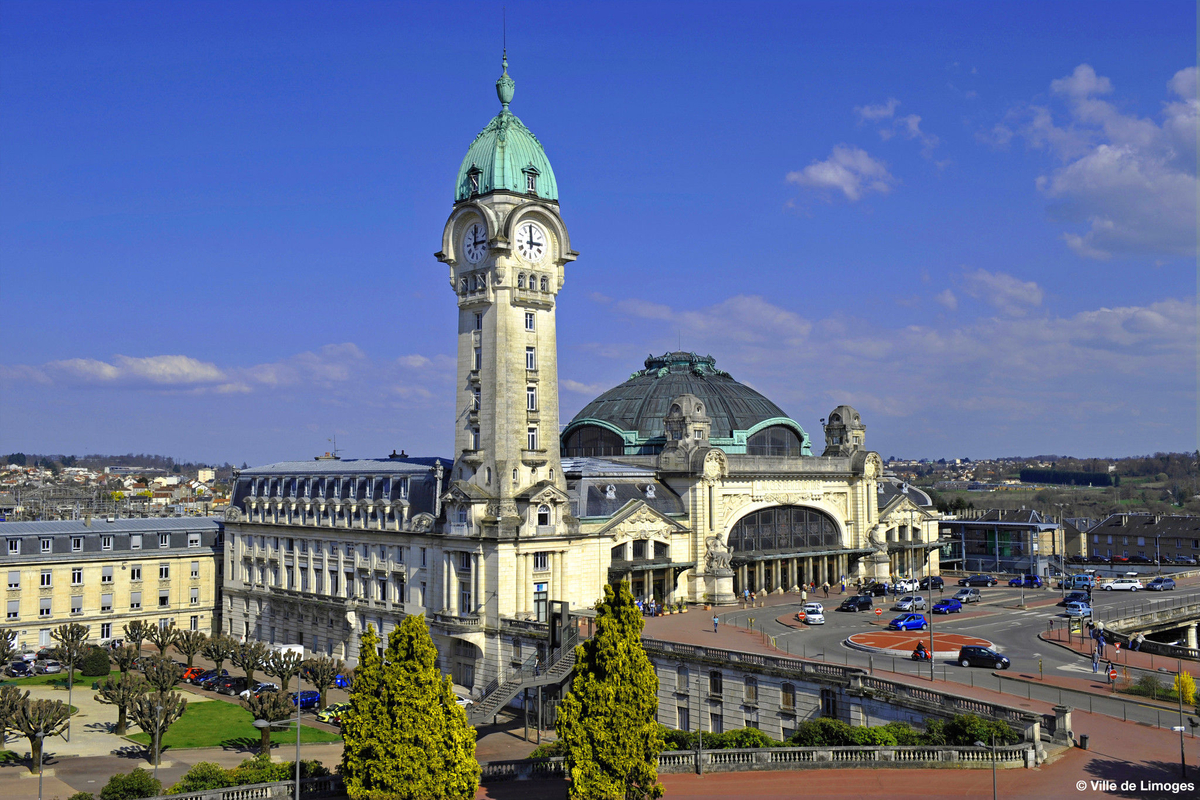


 Financial
Financial
 *France economic data
*France economic data
 France
France

 Ile-de-France
Ile-de-France

 Companies
Companies
 *Centuries-old companies in the world
*Centuries-old companies in the world

 Economy and trade
Economy and trade
 Economic and political research
Economic and political research
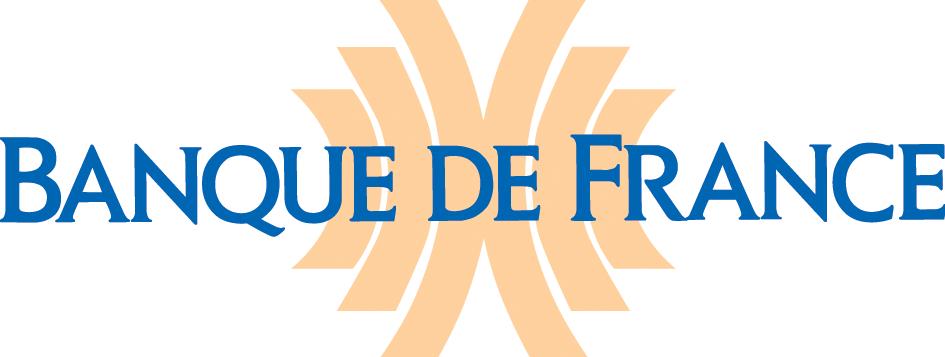

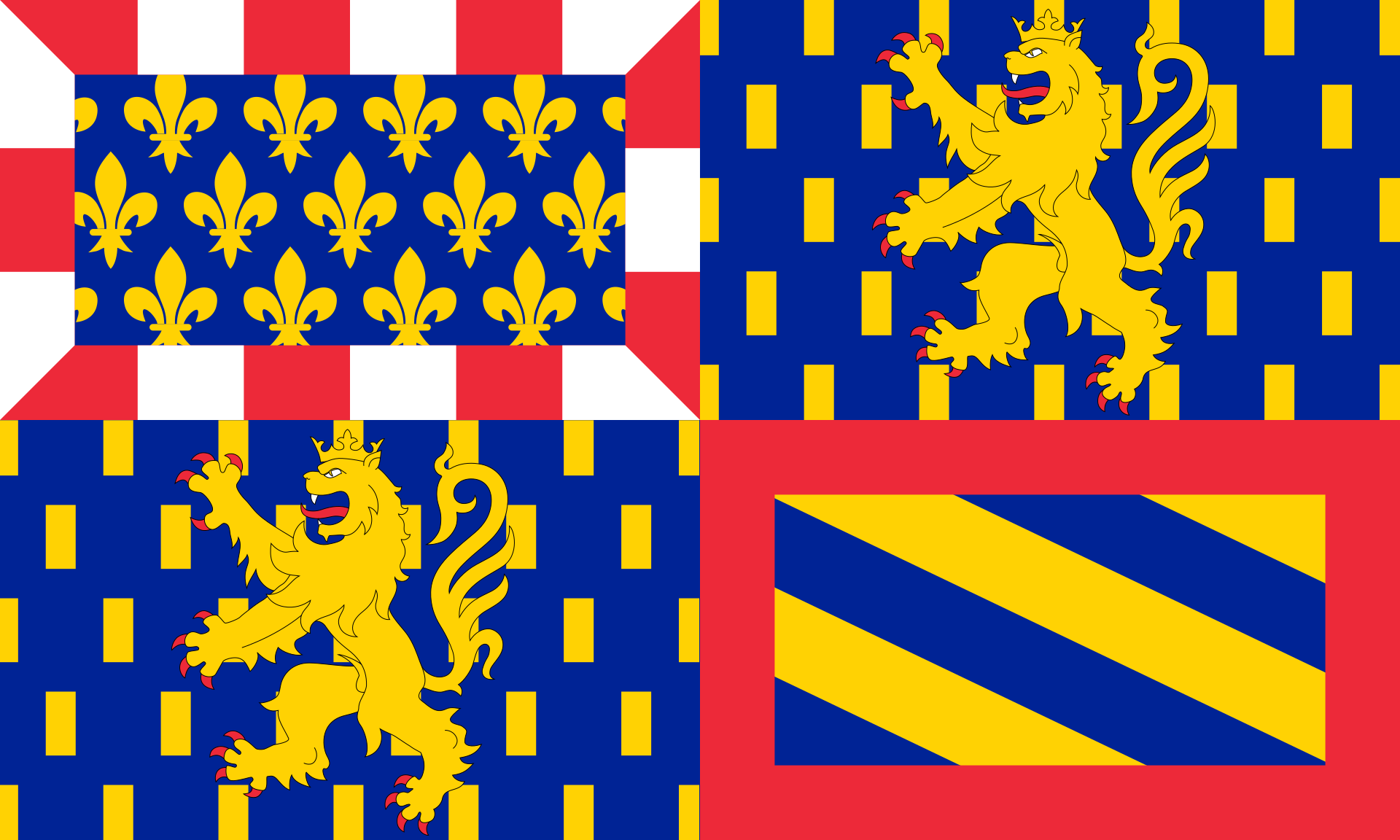 Bourgogne-Franche-Comté
Bourgogne-Franche-Comté
 Life and Style
Life and Style


 Aerospace
Aerospace
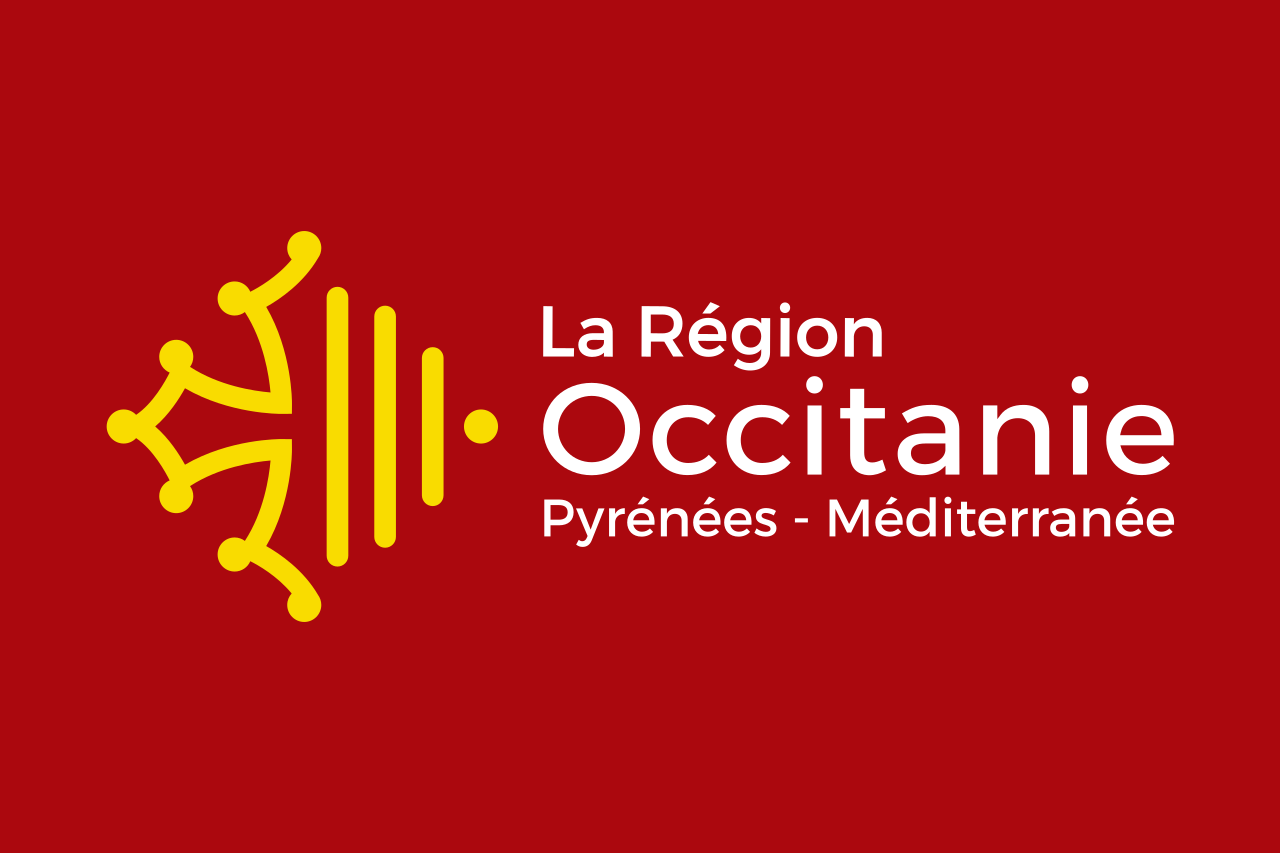 Occitania
Occitania
 Architecture
Architecture
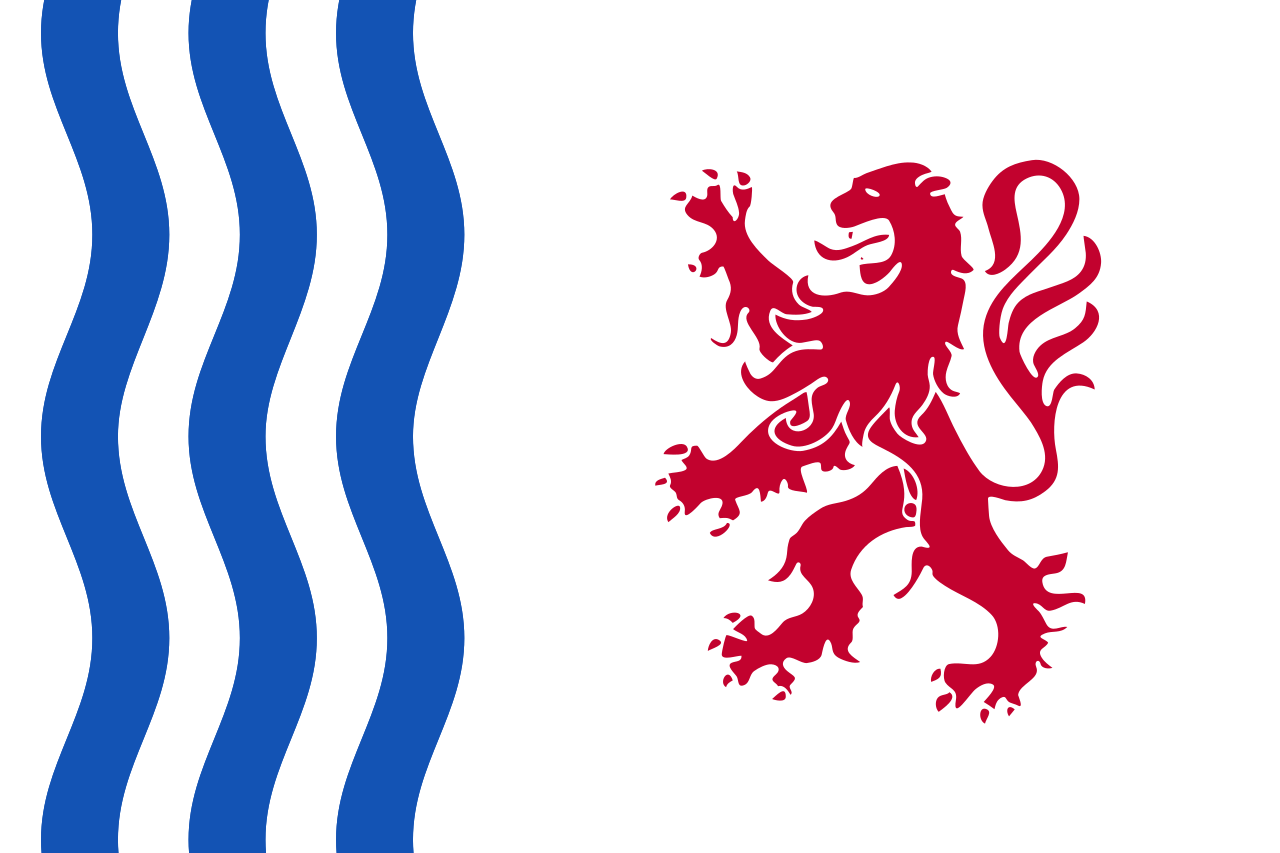 Nouvelle-Aquitaine
Nouvelle-Aquitaine
 Fashion world
Fashion world
 Religion
Religion